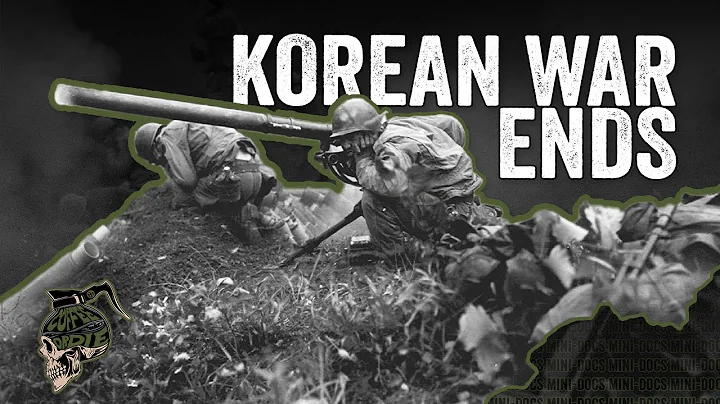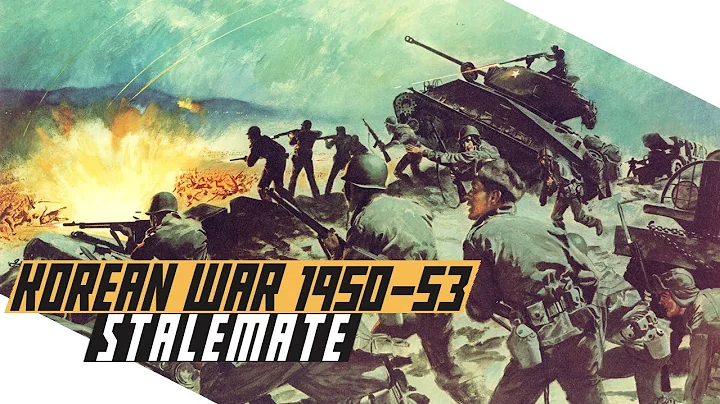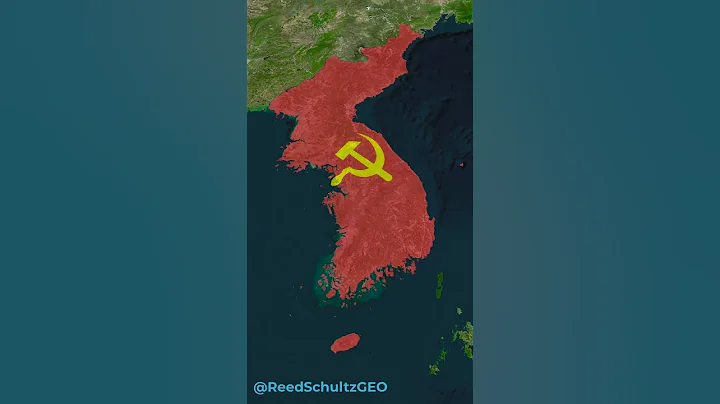At 10:10 am on July 27, 1953, the Korean Armistice Agreement was signed and officially came into effect at 22:00 that evening. During this short 12-hour window, the US military still concentrated its artillery and poured firepower on the Chinese and North Korean military positions. The two sides fought almost until one minute before the agreement took effect.
Not to be outdone, the U.S. Air Force dispatched 53 batches of 324 aircraft to invade the skies over Northeast my country and North Korea to perform patrol, reconnaissance, and bombing missions. Among them was Captain Ralph Parr, the ace pilot of the 355th Squadron. Around 12 o'clock, he led four F-86Es on a safari along the China-North Korea border.
Captain Parr initially flew an F-80C fighter-bomber. After receiving F-86 fighter training in 1951, he returned to the Korean battlefield in May 1953.
Since the war was coming to an end, Captain Parr requested to be dispatched whenever he had the opportunity. Within two months, he dispatched 47 times and achieved 9 results. He was very eager to achieve another victory and collect 10 to become a "double ace pilot". This desire paved the way for the next crazy move.

▲Captain Parr and his F-86 fighter jets. On the day of the armistice, he led 4 F-86Es on a safari on the border between China and North Korea.
On the other side, a Soviet Ilyushin-12 transport plane departed from Dalian Tuchengzi Airport, preparing to fly to Vladivostok Yuzhnaya Uglovaya Airport. There were 21 people on board, including 6 crew members. 12 soldiers and 3 medics.
Because an officer had not arrived, the plane had been delayed for 17 minutes. The pilot decided not to wait and took off directly towards the destination.
Although the route of this flight is close to the border between China and North Korea, it is still within Chinese airspace, and there have been no accidents in many previous trips. Moreover, the war is about to end, and it seems to be another boring flight. At 12:18, the IL-12 flew over Jilin.

▲The Soviet IL-12 transport plane was destined for Vladivostok that day, and its route was close to the China-North Korea border.
In terms of American aircraft, Captain Parr, who had been hunting for a long time and still had no success, decided to take the risk and fly into Chinese airspace to look for opportunities. This kind of behavior is expressly prohibited, but in actual combat, everyone turns a blind eye.
 2:20, the Soviet radar discovered 4 unidentified aircraft appearing near the Il-12. At the same time, Captain Parr discovered the Il-12 flying in the distance.
2:20, the Soviet radar discovered 4 unidentified aircraft appearing near the Il-12. At the same time, Captain Parr discovered the Il-12 flying in the distance.
The radar operator believed that the war was about to end, there should be no enemy aircraft, and the IL-12 was painted with Soviet logos, so there would be no accidents, so he did not inform the pilots of this critical information.
Captain Parr didn't care so much. Although he saw the Soviet logo painted on the fuselage, he thought it was a Soviet military transport aircraft that was performing a combat mission and could be an attack target.


▲The general route of IL-12, the red cross is the crash site Mao'er Mountain .
Captain Parr later claimed that he asked his superiors for instructions and received permission to attack. So he flew behind the Il-12 and splashed 12.7mm bullets without restraint, hitting the Il-12 fuselage and left engine. The transport plane lost control and crashed into the Mao'er Mountain area of Linjiang, Jilin, dragging flames.
 2:26, the radar signal of the IL-12 disappeared. The Soviet radar operator felt that something was wrong and immediately reported the situation. After searching, the Soviet army finally discovered the wreckage of the IL-12, and all people on board were killed.
2:26, the radar signal of the IL-12 disappeared. The Soviet radar operator felt that something was wrong and immediately reported the situation. After searching, the Soviet army finally discovered the wreckage of the IL-12, and all people on board were killed.
The wreckage of the plane was full of U.S. machine gun bullet holes. Six of them were killed by bullets, and the rest died from the impact when the plane crashed to the ground.

The nature of this incident was very bad and caused an uproar within the Soviet army. The first was the invasion of Chinese airspace by US aircraft, and the second was the shooting down of Soviet aircraft used for non-war purposes.
Although the Soviet Union provided aircraft and personnel, they were all painted with the North Korean military emblem and participated in the war in the name of North Korea.This time the U.S. military openly shot down an aircraft painted with the Soviet logo, which is undoubtedly the most arrogant provocation.
Faced with the accusations from the Soviet Union, the US military certainly insisted that it was a military transport plane, and that the attack location was over North Korea. It crashed after it fled to China after being damaged, and commended Captain Parr in a high-profile manner.
The Soviet Union was naturally unwilling to swallow this denial from the United States, so it issued a very serious statement: "The Soviet Union will retaliate against the United States at all costs and take any drastic measures to retaliate with blood!"

▲Volunteer Army Both the Air Force and the Soviet Army's fighter are painted with North Korean aircraft emblems. The words "Volunteer Air Force" are written on the nose of the aircraft. They are specially painted for publicity. This is not the case in actual combat.
God did not let the Soviets wait too long. Only two days later, the opportunity for revenge came. In the early morning of July 29, the US military dispatched a B-50A bomber (B-29 Navy version) to perform a reconnaissance mission near Vladivostok.
At 6:40 in the morning, the Soviet military radar discovered the unidentified aircraft and immediately dispatched two MiG-15s to intercept it. The pilots quickly discovered the target under the guidance of the radar-the US military B-50A bomber.
The Soviet pilots prepared to drive it away, but the B-50A still approached Vladivostok, completely incompatible with the MiG-15. After the eviction failed, the two MiG-15s disbanded the formation, and 's wingman flew to the rear of the B-50A to occupy the attack position, while the lead aircraft flew beside the B-50A.

▲The B-50 is the navy version of the B-29. With its huge range, it can perform long-term reconnaissance missions. Pay attention to the self-defense turrets on the upper and lower fuselage.
The MiG-15 lead aircraft fired a warning shot, but the B-50A crew members thought they were being attacked by Soviet aircraft. The self-defense gunner immediately controlled the turret and fired at the MiG-15 lead aircraft. The latter immediately evaded after being attacked.
At this time, the MiG-15 wingman received the attack order and decisively shot at the B-50A. Although the American aircraft is very strong, it still cannot withstand the power of the 37mm and 23mm cannons , and it was scarred after several shots.
The injured B-50A tried to turn and escape, but two MiG-15s followed closely and shot, the engine was hit, and there was no way to save it. Finally, the aircraft crashed 55 kilometers southeast of Askold Island of sea areas.
Before the crash, 5 crew members parachuted to escape and 7 others were killed. The Soviet army captured the five people who fell into the water and imprisoned them in Gadra prison in Siberia .

▲The Soviet army's MiG-15 fighter was specially designed to intercept the US military bomber .
Now it is the turn of the United States to protest crazily, accusing the Soviet Union of shooting down a US military aircraft in international airspace. The B-50A did not invade Soviet airspace at all. Opening fire rashly is an act of banditry!
The Soviet Union was too lazy to write a manuscript. It simply modified the U.S. response to the shooting down of the Il-12 and responded to the opponent in the tone of the opponent.
These two incidents ended hastily in the exchange of insults between the two sides, but the curtain of the Cold War has begun, and the competition between the United States and the Soviet Union in all aspects has just begun.





















